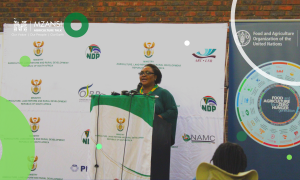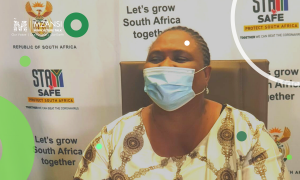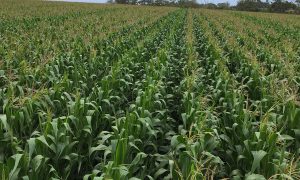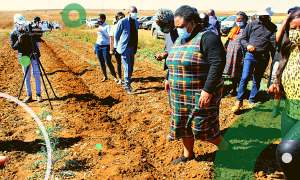The South African Competition Commission has, for the third time in a row, granted the Abalone Farmers Association of South Africa (AFASA) exemption.
According to the Commission, the exemption was granted based on the Applicants’ intentions “to engage in meetings and communicate on prices and market conditions as competitors in the abalone industry.”
Under section 10(1)(b) of the Competition Act No 89 of 1998, as amended (“the Competition Act”), companies can be exempted from certain provisions of Chapter 2 of the Competition Act for a period of ten (10) years commencing on the date of approval of the application by the Competition Commission (“the Commission”).
In this case, the Commission approved AFASA’s exemption from 1 April 2022 to 31 March 2027, however, subject to the association developing an industry plan that will facilitate transformation in the abalone industry.
This unexpected curve ball thrown to AFASA by the Commission speaks to the general apathetic mood of the aquaculture sector in driving transformation.
While the aquaculture industry was in its infancy, the introduction of the The Aquaculture Development Bill B 22-2018, was touted as a progressive step of transformation for the sector.
Official opposition to this bill has largely emanated from organised fisheries and it is expected to be reintroduced by end May 2022 in Parliament by Minister of Forestry, Fisheries and Environment (DFFE), Barbara Creecy.
Among the objects of the bill is to promote responsible aquaculture development in South Africa that is ecologically, socially and economically sustainable.
Abalone, are classified under aquaculture (marine) and commonly known as perlemoen in South Africa, belonging to the mollusc family that includes clams, scallops, sea slugs, octopuses and squid.
Its potential is expected to exceed other marine products and according to 2016 Trade and Industrial Policy Strategies (TIPS) Report – Maximising Niche Markets, South African Abalone Industry, abalone industry can potentially produce “6 800 tons per annum by 2025, representing a relative proportion of 4.5% from an expected global production of 150 000 tonnes per annum.”
Massive demand of abalone mainly resulted from Asia, usually traded live, frozen, dried, and in canned form for meat consumption. Sometimes it is sold and traded as decorative objects for example ash trays, soap holders, jewellery.
Within this context, little activity in incorporating coastal communities to abalone riches has been reported, except for excerpts on illegal farming of perlemoen (abalone).
It is unclear for now, going forward, how AFASA will inculcate transformation in its plan. Seemingly, the bulk of of its exemption application had been on ‘engaging in meetings and communication on prices and market conditions as competitors in the abalone industry.’
Or was it too early to expect transformation from the abalone industry?
The Commission has not given AFASA a free pass as the exemption will be subject to monitoring mechanisms, which the “Commission has put in place to ensure that the objectives set out in the application are met by the exemption.”
Coastal communities had been given a lifeline by the Commission, to actively participate in the abalone industry much like the sugar master plan.
The Oceans Economy Master Plan is set to be finalised and signed by 2022.




















